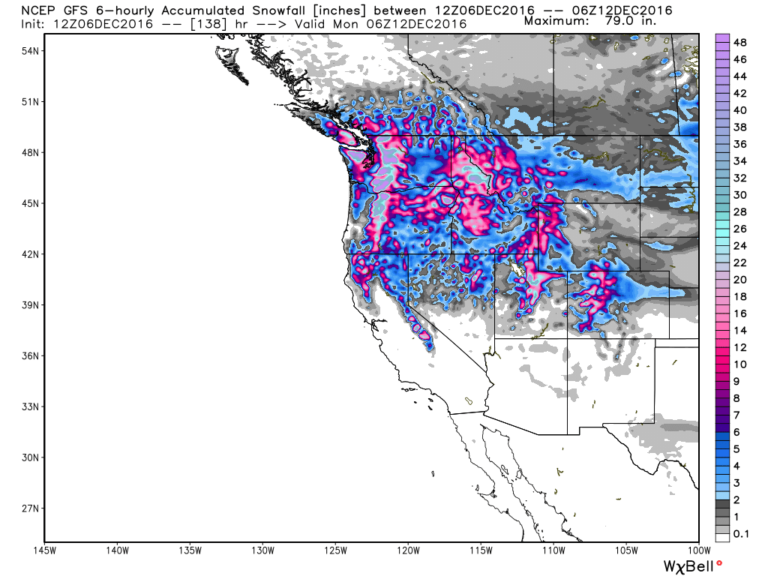
The snow team comprised seven meteorologists from National Weather Service headquarters, eastern region headquarters and local forecast offices, a member from NOAA’s National Centers for Environmental Information, a member from the FAA, and a representative from the New Jersey state climatologist’s office. This happens many days to weeks after a weather event. Kennedy International Airport, LaGuardia International Airport and Philadelphia International Airport - were validated as accurate.Īll snowfall measurements and any reported records are considered preliminary until they are certified for the historical record and deemed official by NOAA’s National Centers for Environmental Information. Preliminary snow totals at the other sites reviewed - Dulles International Airport, Baltimore/Washington International Airport, John F. Meteorologists at the National Weather Service will follow a scientific method to determine the accurate total before it is sent to NOAA’s National Centers for Environmental Information for certification. The old Newark snowfall record of 27.8 inches set in 1996 stands. The team found that snow was measured hourly instead of the standard procedure of measuring every six hours, which led to an inflated preliminary total. The snow team invalidated the preliminary record measurement of 28.1 inches at New Jersey’s Newark International Airport. The snow team found the mistake when reviewing the Conservancy’s logbook. A communication error between the weather forecast office in Upton, New York, and the Central Park Conservancy, which volunteers to take official snow measurements in Central Park, led to an inaccurate preliminary total of 26.8 inches. The preliminary Central Park measurement will be adjusted upward to 27.5 inches, which will become an all-time snowfall record for New York City when certified by NOAA’s National Centers for Environmental Information. The experienced observer followed official FAA guidelines for measuring snowfall, using an alternate technique that is considered appropriate in the absence of a snowboard. The team validated the reading because the measurement is consistent with totals near the airport. Some felt that the measurement was too low, and others questioned whether proper snow measurement procedures were followed because the snowboard became buried and could not be located during the afternoon of the blizzard. The team determined that the preliminary snow total of 17.8 inches at Reagan National Airport is accurate. “Still, it’s important that we scrutinize questionable measurements and reject those that scientists deem invalid to ensure the public’s continued confidence in the U.S.
Snow totals archive#
To view winter storm totals collected from previous winters, please visit our archive page.Ī map of winter 2021-2022 snowfall is available here.“Snow measurements are extremely difficult to take because precipitation is inherently variable, a problem compounded by strong winds and compaction during a long duration event,” said Louis Uccellini, Ph.D., director of the National Weather Service. Distances and directions following COOP reports reflect the station's distance and direction from the municipality's post office.

Trained Spotter: National Weather Service SKYWARN Storm Spotter Programĭistances and directions following CoCoRaHS and most Trained Spotter reports reflect the station's distance and direction from the geographic center of the listed municipality.


Snowfall totals are obtained from the following station types:ĬoCoRaHS: Communty Collaborative Rain, Hail, and Snow NetworkĬOOP: National Weather Service Cooperative Observer Program Notes: Snow totals are posted for events where at least one station in NJ reports 2 or more inches of snow. Please read our Copyright and Data Disclaimer Information. Snowfall amounts (inches) are taken from reports gathered by the NJ State Climatologist and the National Weather Service (NWS) Offices in Mt.


 0 kommentar(er)
0 kommentar(er)
